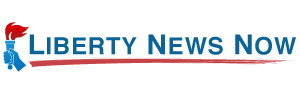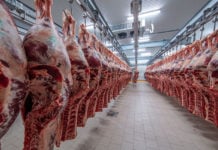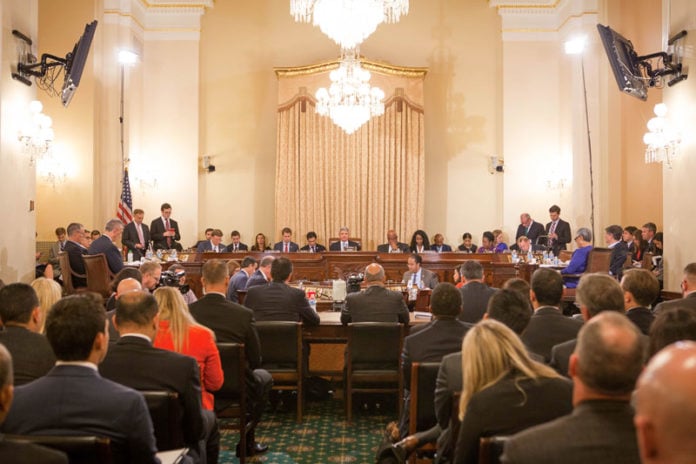In a recent hearing for the Senate Finance Committee, healthcare policy expert, Avik Roy, warned lawmakers that the “death spiral” that many economists had warned about has finally arrived. This death spiral comes as a majority of all within the Obamacare healthcare markets have incomes 200% below the federal poverty line (FPL) – defined as an annual income of $12,060 for an individual and $24,420 for a family of four.
President of the Foundation of Research on Equal Opportunity, Avik Roy, detailed how Obamacare’s flawed individual mandate has failed to keep the program from falling into a death spiral. “Most independent research finds that the individual mandate is not doing much to drive the uninsured to enroll in the ACA’s exchanges,” Roy explained. “While a heavily coercive and strictly enforced individual mandate could drive Americans to participate in the ACA’s high-cost market, the actual individual mandate stipulated in the ACA contains numerous loopholes and exemptions, with weak penalties for noncompliance.”
Roy said that due to a weak mandate, there is a higher proportion of individuals below the 200% federal poverty level enrolling for Obamacare and those with more stable income streams and ability to pay the premiums needed to fuel the wealth transfer in this insurance scheme are simply not signing up.
“The end result has been a partial actuarial death spiral, in which those below 200% of FPL enroll in large proportions in ACA exchanges, while those above 200% do not,” he said. “A study by Avalere Health, using HHS data, found that in 2016, only 33% of those with incomes between 200 and 250% of FPL had enrolled in exchange-based coverage, and 26% for those between 250 and 300 of FPL.”
Roy also highlighted that taxes and regulations of Obamacare have contributed to a surge in premiums across the nation, often by more than double – and this had driven even more people away from the exchanges. Even though the act contains subsidies to help lower the cost of rising premiums for a very select few, millions have been forced to pay vastly higher premiums.
“While the subsidies have worked to blunt the impact of higher premiums for those with incomes below 200% of the Federal Poverty Level, millions of working families of limited means have not benefited from the ACA’s policy mix,” he said. “Indeed, data from insurer filings indicates that, even after ACA subsidies are taken into account, most individuals above 200% of FPL are paying higher premiums than they did prior to the ACA.”
Edmund Haislmaieir, a healthcare expert from the Heritage Foundation, also spoke to lawmakers on Tuesday. He told lawmakers that there are no expectations of Obamacare’s risk profile improving because most healthy individuals earning more that 250% of the federal poverty level are not enrolling for Obamacare.
“More concerning are the instances of insurers ceasing to offer ACA-compliant coverage outside of the exchanges to the unsubsidized population,” Haislmaier warned. “In that subset of the market there is more danger of a so-called death spiral setting in as escalating premiums price more customers out of the market.”
Senator Orrin Hatch, who serves as Chairman of the Financial Services Committee, and presided over the panel concluded that, “One of the chief assumptions underlying the Affordable Care Act was that, if the government forced people to purchase health insurance, more young, healthy people would enter the insurance market, which was supposed to offset the increased costs imposed by all of the law’s mandates and ensuing regulation. However, Hatch noted that this intergenerational wealth transfer has not materialized, and, that Obamacare, “may be reaching a tipping point where those who previously had insurance are being priced out of the market and actually becoming uninsured since the enactment of Obamacare.”



























